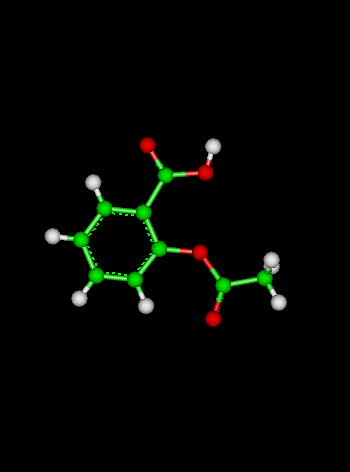
Course Chapters
Section Tests
Online Calculators Linear Least Squares Regression Newton's Method Equation Solver
Related Information Links
|
AreaArea measures the size of a surface using length measurements in two dimensions. An area is being measured if two length units are multiplied such as square inch or square centimeter, or if a special area unit such as acre or hectare is used.Back to: Units
Back to: Units
The most common use of acceleration is acceleration due to gravity
which can also appear as the gravitational constant (you might have seen
it as Back to: Units
Back to: Units
Back to: Units
This gives the units clue: mass * acceleration. This combination of units has been given the name Newton (N) in honor of Sir Isaac. The most common use of force is force of an object due to gravity (we call it weight!) which is calculated using mass * gravitational acceleration. Back to: Units
|
 The Shodor Education Foundation, Inc.
The Shodor Education Foundation, Inc.in cooperation with the Department of Chemistry,
Appalachian State University
Copyright © 1998
Last Update:
Please direct questions and comments about this page to
WebMaster@shodor.org
 .)
.)